Visit us
Lorem Ipsum is simply dummy text of the printing and typesetting industry. Lorem Ipsum has been the. mohit
Book a tourA unique part of the Bold Park Community School experience is found in the range of specialist’s programs that cater to the holistic development of our students. Our diverse Arts Program, featuring Dance, Drama, Music, Culinary Arts, Media, Visual Arts, Digital Technologies and Design Technologies nurtures creativity and broadens perspectives.
Through initiatives like Bluearth, we focus on enhancing physical and emotional wellbeing. Our evolving Camps experiences are aimed at building resilience through nature-based experiences. They are an extension from the Boodjar Kaatijin program, based in our Wildspace.
The Outta Boundz initiative presents older students with challenges such as surfing and woodwork, promoting environmental and community engagement. Beyond the traditional classroom, activities like Culinary Arts cooking in the Wild Kitchen and the Outdoor Provocation working with wood and natural materials further enriches learning and personal development, embodying our commitment to a holistic educational journey.
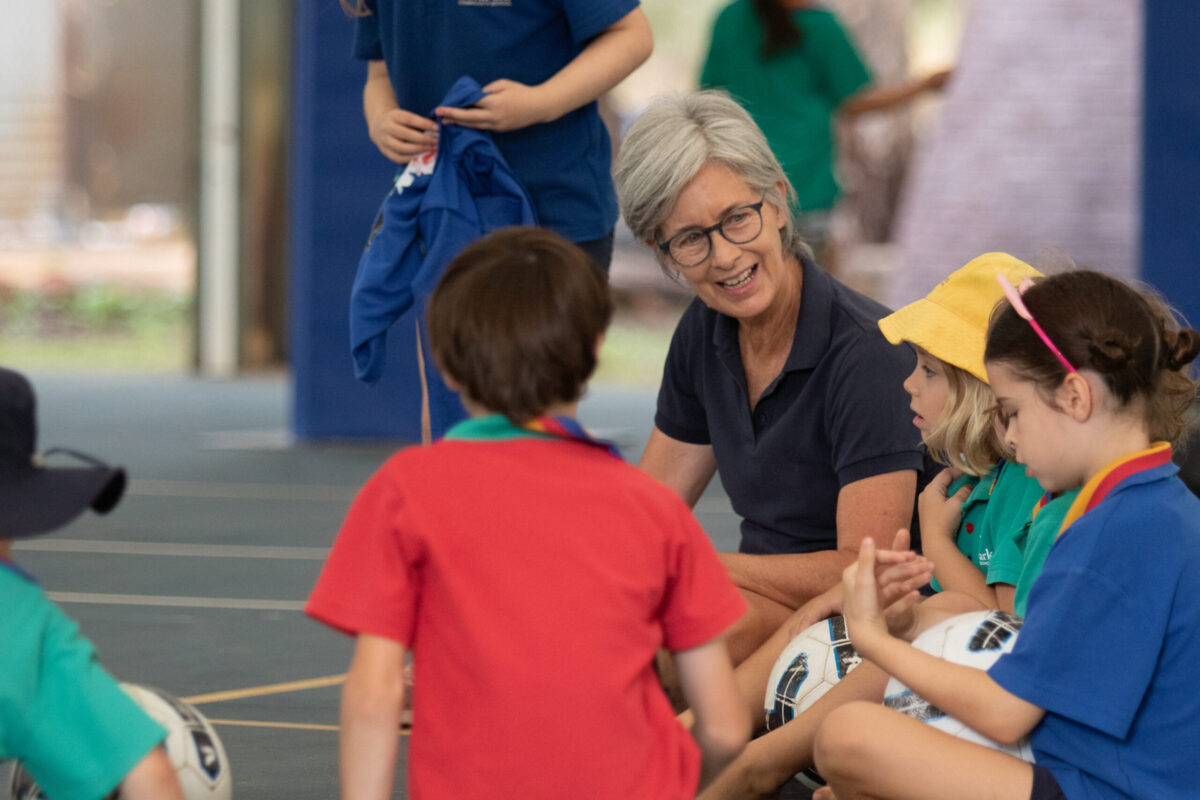
The Bluearth Approach involves specifically designed games, movements and postures that meet Physical Education (PE) curriculum requirements. Bluearth promotes a number of principles that lead to achieving improved social, personal, physical and academic outcomes. Our staff are specially trained in the use of programs such as Bluearth.
The Bluearth Approach involves specifically designed games, movements and postures that meet Physical Education (PE) curriculum requirements. Bluearth promotes a number of principles that lead to achieving improved social, personal, physical and academic outcomes.
Lessons are inclusive, enjoyable and provide a non threatening learning environment. We believe that each student has the ability to succeed and should have opportunities to allow exploration, creativity and self assessment. The key to the our Bluearth Approach is the focus on the students’ experiences as a result of participating in each activity.
Students are not told what is right or wrong, rather, through skillful guidance and questioning these powerful messages are reinforced
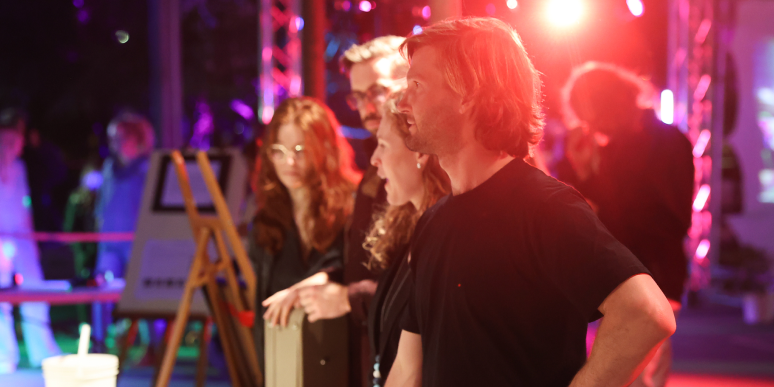
The Arts have a unique ability to ignite our imaginations, broaden our perspectives, and facilitate meaningful connections with the world around us. Extensive research and contemporary understandings of education recognise the powerful impact of Arts education on a child's holistic development. By engaging with the Arts, students can enhance and consolidate their learning, while cultivating important skills and attributes vital to their future success.
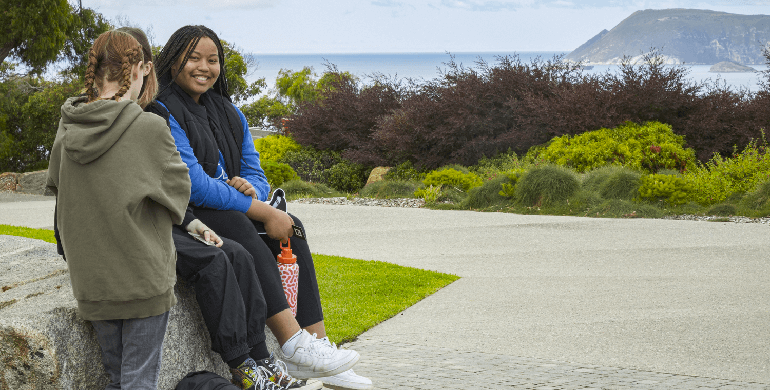
Camps form an important part of the Bold Park experience. We provide a graduate camps program that is designed to give our students experience in nature along with a feeling of confidence and capability that comes from managing the challenges that come with being away from home and outdoors. Camps can be a big challenge for some students, and we work very closely with families to ensure every child experiences success and joy through the shared experience.
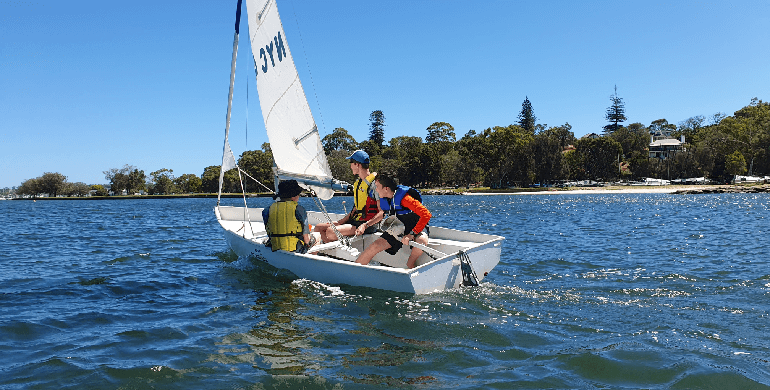
The Outta Boundz program was designed to challenge and inspire our Middle School and College students whilst developing an intentional connection to place and one another through shared experiences.
The program offers diverse opportunities from nature based experiences through to community engagement opportunities. Over the years this program has offered a range of options including woodwork, surfing, rock climbing, or arts experiences from clay work to ukulele.
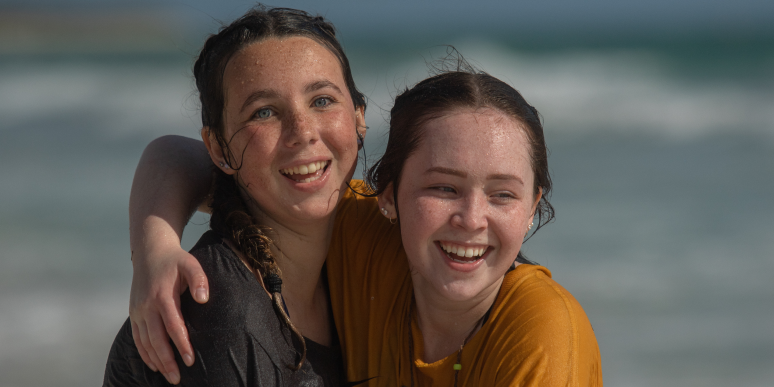
"It continues to be a safe place where I know my child is encouraged, valued and accepted for who they are. The events (Mud Day, Arts Festival) are always wonderful and foster a real sense of community."
-
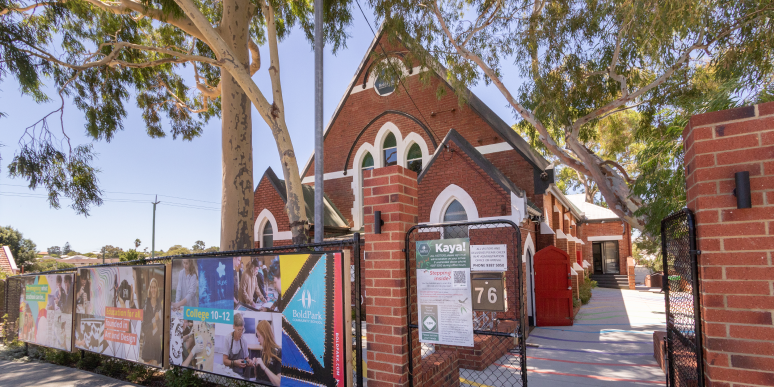
COME AND EXPERIENCE THE BOLD PARK DIFFERENCE FOR YOURSELF.
Book a TourSpeak to our Community Engagement Coordinator
E-mail: CommunityEngagement@BoldPark.com
Phone: +61 8 9387 5050